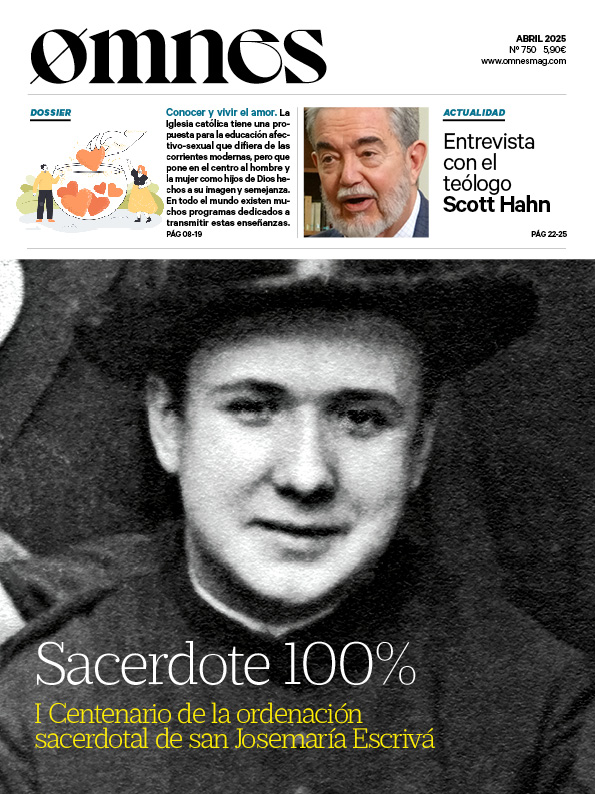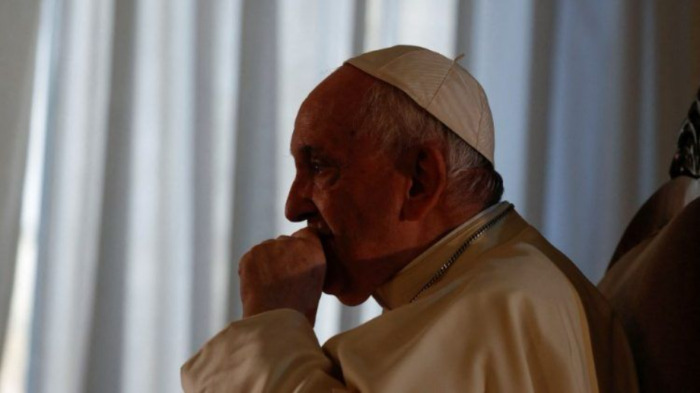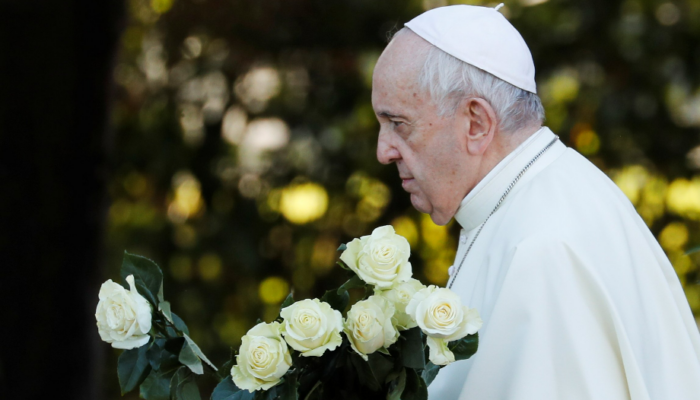After the death of a pontiff, the Church enters a vacancy, a period of reflection and prayer that culminates in the conclave: the meeting of cardinal electors charged with electing the new pope. While in the Middle Ages conclaves could last for months or even years, the 20th century and so far in the 21st century have shown a remarkable agility in the deliberations, with elections resolved in a few days.
A review of recent history shows how cardinals have made quick decisions at crucial moments for the Church. The shortest conclave in the last 100 years was the one that elected Benedict XVI, after the death of John Paul II in 2005. It lasted just 26 hours, making it one of the fastest in centuries. By contrast, the longest in history was the one that elected Gregory X, which lasted two years and nine months between 1268 and 1271.
The last 120 years
During the 20th and 21st centuries, conclaves have been notoriously brief. The election of Pius X in 1903 was resolved in just three days, while his successor, Benedict XV, was elected in five days in 1914. In 1922, Pius XI was appointed after four days of deliberations. The election of Pius XII in 1939 was also quick, lasting only three days.
The employer continued with John XXIIIThe shortest process of the 20th century was with John Paul I, who was elected in three days in 1958, and with Paul VI, whose conclave in 1963 also lasted three days. The shortest process of the 20th century was with John Paul I, elected in two days in 1978. That same year, John Paul II, the first non-Italian pope in centuries, was elected after a four-day conclave.
In the 21st century, the choice of Benedict XVI He stands out for his exceptional speed: only 26 hours were enough in 2005 to designate him successor to John Paul II.
If we take all these precedents into account, on Sunday, May 11, it is certain that there will be a new Pope.









